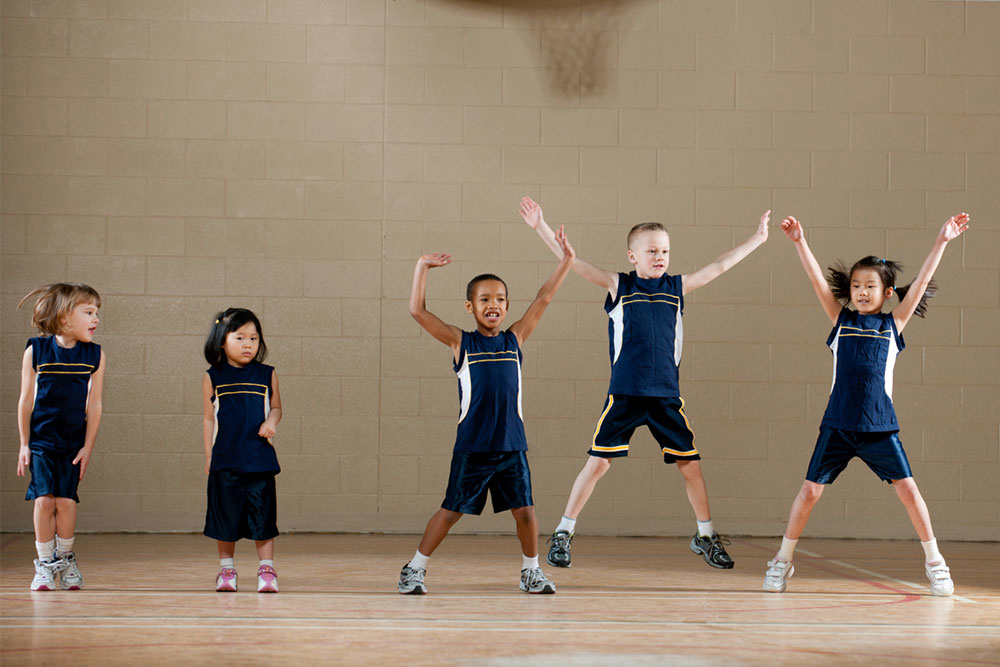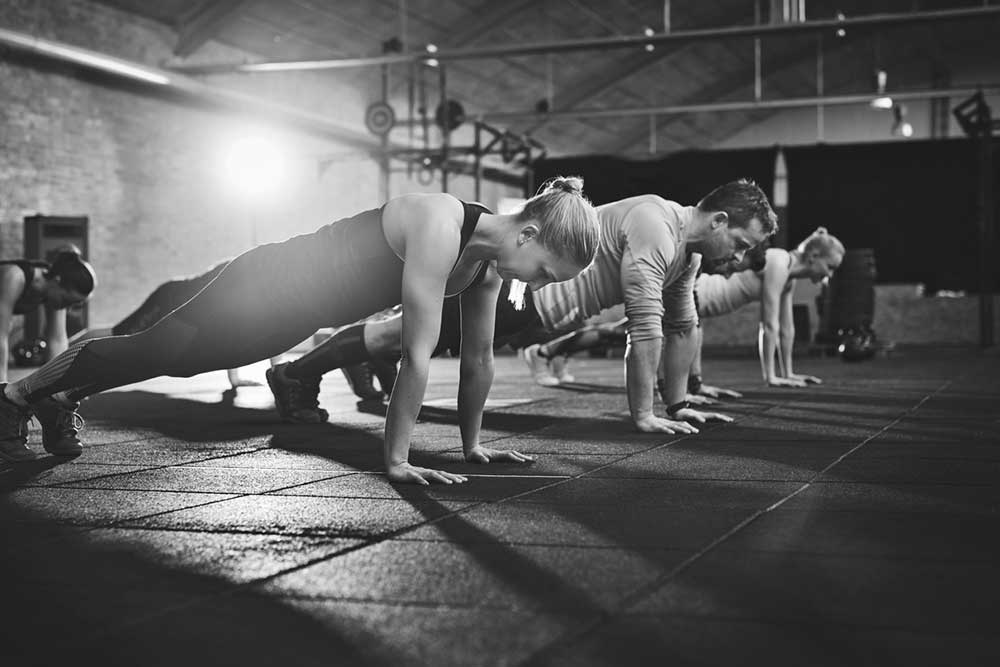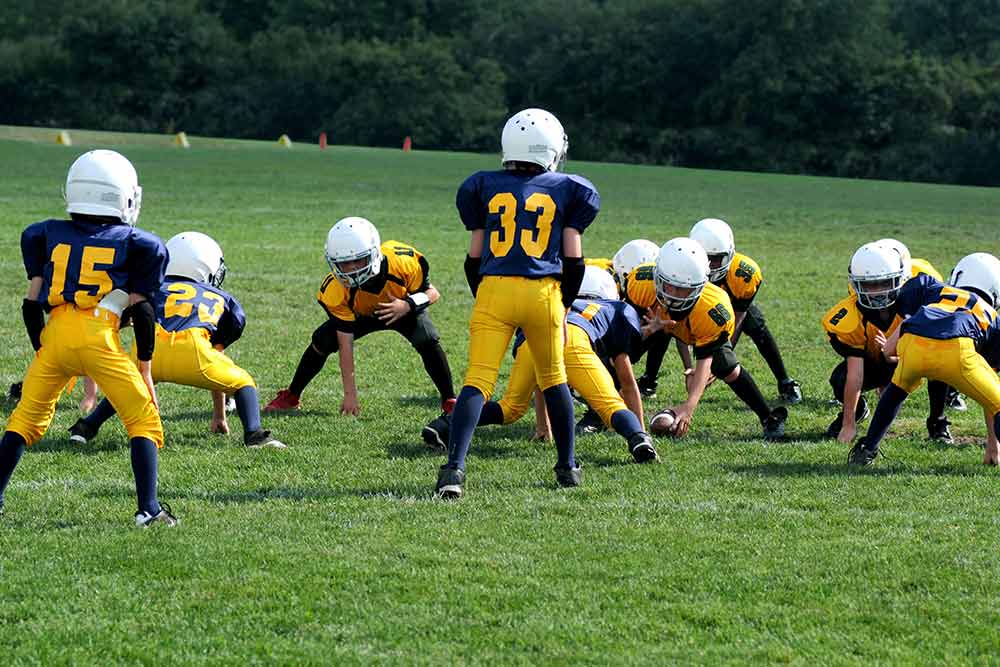Kids Need To Move To Improve

Catherine O’Brien
In my previous article, Study Shows Active Children Are Better At Math, I discussed research that demonstrated a positive relationship between physical fitness and academic performance in children. As a quick refresher, the research I discussed was conducted by Chaddock-Heyman et al. (2015) and found positive relationships between children’s level of fitness (high vs. low) and his or her performance on an arithmetic test. While these findings are exciting, the correlational style of the study prevents us from determining causation. That is, in the absence of a randomized control design, causality cannot be assumed. Given this, I did some research and came across a study that aimed to tackle this subject using a randomized control design.
Related Article: Study Shows Active Children Are Better At Math
Research done by Fedewa, Ahn, Erwin and Davis (2015) examined whether participation in extracurricular physical activity during the school day promoted academic gains for children. The aim of their study was to test whether physical activity breaks during the school day had a positive effect on fluid intelligence and academic achievement. Previous research done by Reed et al. (2010) found that physical activity breaks did indeed improve fluid intelligence. Fedewa, Ahn, Erwin and Davis employed the same definition of fluid intelligence as was used in other studies. Fluid intelligence is defined as “the ability to reason quickly and abstractly” (Fedewa et al. p, 137). Fedewa et al. stress that fluid intelligence does not rely on one’s ability to acquire knowledge through experience but is a more generalizable type of intelligence that measures problem-solving ability and logical thinking.
The Participants
Participants for the study were children from four urban schools currently in third, fourth, or fifth grade. Using random assignment, two of the schools were assigned to be the experimental condition and two to be the control condition. The sample was made up of 460 students in grades 3,4 or 5. The control classrooms included 304 students and the experimental classrooms included 156 students. The students were taught by the same individual teachers for the duration of the study. The study took place over the course of the academic year from September to April. They hypothesized that students in the experimental classrooms using physical activity breaks would experience statistically significant increases in fluid intelligence and academic achievement in mathematics and reading compared to students in the control classrooms.
The Study:
In the experimental condition, physical activity was incorporated into daily activities for 20-minutes / day, 5 days a week. Interestingly, the physical activity was not a separate part of the day but rather integrated into the lesson. The teachers were equipped with ‘standardized movement cards’ which provided “aerobic-based activities that were developmentally-appropriate (i.e. the activities were unique for upper or lower elementary school-aged youth)” (p.138). Some examples of the activities included having children do jumping jacks with mathematical facts, or finding different decks of cards that are spread around the classroom (i.e. the teacher calls out a letter, color, or number and students move around the room trying to find the designated card). In the control classrooms, the teachers taught lessons as usual.
Related Article: FUNtervals – Exercise Intervals For Children
In order to measure physical activity, all students wore a pedometer. They were given instructions on how to wear the pedometer and each participant was instructed to test the pedometer and walk 50 steps. If the pedometer reported a step count that was more than 10% different from 50 steps, they were issued a new pedometer until the step count fell within the acceptable range of error.
In addition to monitoring the step count differences between experimental and control groups, the researchers were interested in the difference in steps between the experimental and control groups but were also interested in the potential effects of seasonality. That is, did children take more or fewer steps in certain seasons (fall, winter, spring).
Teacher Training:
They utilized the Standard Progressive Matrices Test (SPM) to measure fluid intelligence. The SPM was administered by classroom and took approximately 45 minutes. The students took the test two weeks prior to the intervention and then again two weeks after the intervention ended. Academic achievement was measured by performance on mathematics and reading scores on a standardized test. Once again, students took the standardized test prior to the intervention and again after the intervention was completed. In order to ensure the teachers in the experimental exercise group were equipped to carry out the study, they attended two training sessions. These training sessions instructed teachers on how to incorporate physical activity into their lessons, how to use movement cards in the classroom, and how to log physical activity breaks.
The results were quite interesting. They found a significant difference in step count between seasons such that all students took fewer steps during the winter time. This finding was contrary to Fedewa et al.’s expectations. They posited that teaching style, classroom structure, and movement in the classroom did not vary season to season and, as such, neither would step count. However, their finding suggests that seasons may play a role in the degree of movement in school age children. In this way, it may be beneficial for schools and educators to make extra effort to incorporate physical activity in the winter months.
Students in the experimental condition classrooms showed statistically significant increase in mean fluid intelligence from fall to spring. The Scholastic achievement also improved from fall to spring as students in the experimental condition demonstrated significant increases in mathematics scores. In the control classrooms, fluid intelligence also increased fall to spring. Scholastic achievement in mathematics and reading, however, decreased slightly from fall to spring.
Fluid Intelligence:
One of the interesting and unexpected findings of this study was that fluid intelligence did not improve as a result of physical activity breaks. Both the experimental and control classrooms experienced improvements in fluid intelligence suggesting the physical activity intervention was not the source of the improvement. This represented a contrast to the findings of other studies that found physical exercise interventions did support improve fluid intelligence. Fedewa et al. point out that the methodologies and the type of physical exercise may be responsible for the differences in the results. Other research protocols included running and jumping as methods of physical exercise whereas the present study used standardized motion cards. It is plausible that the type of exercise and the duration impacted the results.
In my opinion, I think the protocol from the present study could be improved by using more standard methods of aerobic exercise and increasing the length of the daily intervention. That is, rather than doing 5 minutes of jumping jacks while reciting math facts, doing 20-30 minutes of jogging. I think the aim of the study to integrate the physical exercise into the lesson was an interesting one but I wonder if this could also have potentially contributed to some of the lacking results.
Related Article: Fill Up On Omega-3s
It is possible that the students were over stimulated or cognitively exhausted upon pairing the physical with the mental. Additional research and investigation is needed in order to determine why the physical activity breaks did not have the same impact in this study as they have in others. Importantly, the physical activity breaks had no negative impacts on academic performance or fluid intelligence. Given this, educators should maintain an open mind about including physical activity breaks throughout the school day.
The takeaways:
- Students moved less (as measured by the pedometer) in the winter. Educators should take measures to compensate for this decreased activity by finding more ways to get students moving in the classroom during winter months
- Physical activity breaks using standardized movement cards did not have any positive impact on fluid intelligence. However, there was no negative outcome associated with the physical activity breaks suggesting there is no drawback to including physical activity breaks in the classroom.
- Physical activity breaks effectively increased student performance in mathematics.
- The incorporation of physical activity into the lesson could have diminished the effect of the aerobic activity. Regular physical activity breaks unrelated to classroom lessons may have been more effective.
(adsbygoogle = window.adsbygoogle || []).push({});
You Might Like:
Reduce Cigarette Cravings with Acute Exercise
Catherine O’Brien It is no secret that smoking is a major health hazard that significantly increases risk of cancer, heart disease, stroke and other health problems. That said, 20% of adult men and 16% of...Effects of Outdoor Exercise
Catherine O’Brien Why Does Exercising Outdoors Feel So Much Better? I have always been a proponent of outdoor exercise, particularly running. There is something so satisfying and therapeutic about the fresh air and the sound...Music – Your HIIT Recovery Secret Weapon
Catherine O’Brien The effects of music on exercise experience is a common theme throughout my articles. I am always interested in the relationship between music and physical activity and how music can alter an exercise...Vestibular Migraines: Could Exercise Be The Answer?
Catherine O’Brien My last article highlighted the inverse relationship between headaches and VO2 max levels such that individuals who experienced headaches regularly had, on average, lower VO2 peaks than their control counterparts. Perhaps one of...Which Is Better For The Brain – Long Duration Or Short High Intensity Exercise?
Catherine O’Brien High intensity interval training (HIIT) is a form of exercise that utilizes “repeated bouts of short-to-moderate duration exercise at an intensity of 85-90% of peak oxygen uptake or 90-95% of peak heart rate...3 Strength Exercises For Individuals With Essential Tremor
Catherine O’Brien Essential tremor (ET) is a neurological disorder characterized by involuntary and rhythmic shaking. Typically, tremors occur in upper extremities such as the hands but tremors can exist in other body parts as well...References:
Fedewa, A.L., Ahn, S., Erwin, H. and Davis, M.C. (2015). A randomized controlled design investigating the effects of classroom-based physical activity on children’s fluid intelligence and achievement. School Psychology International, 36(2), 135-153.
(adsbygoogle = window.adsbygoogle || []).push({});










